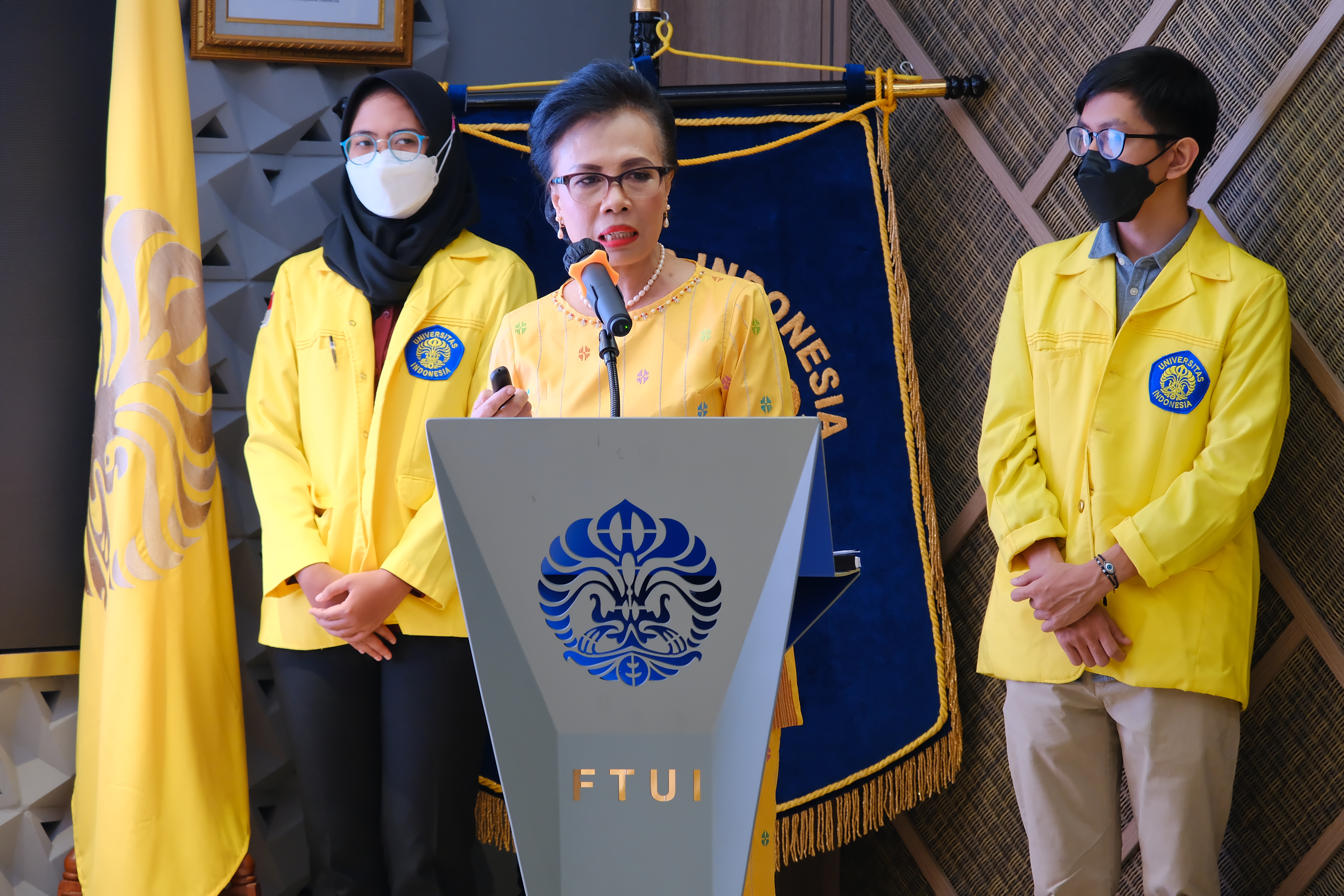Every year, the global need for oil continues to increase while petroleum reserves are limited and their availability is dwindling. This has resulted in low heavy oil and residual quality, so it is necessary to consider finding alternative sources that are suitable to meet the needs for materials for transportation, energy, and the petrochemical industry. When pumping oil from a well (reservoir), light oil is usually what will be pumped. But over time, what is pumped is heavy oil.
Heavy oil contains more heavy fractions such as diesel fuel, heavy oil, or residue when compared to light fractions such as gas, gasoline, or kerosene. Meanwhile, the consumption of petroleum products in Indonesia is mostly gasoline and diesel, especially for automotive needs. To obtain products that suit their needs, Ratu Ulfiati raises this research in her dissertation entitled “Synthesis and Characterization of Zsm-5 Nickel/Molybdenum Based on Kaolin Badau Belitung as a Catalytic Hydrocracking Catalyst for Petroleum Products”.
In her research, Ratu uses catalyst technology to change the chemical structure of the heavy fraction product. Synthesis of NUMO ZSM-5 bifunctional catalyst for use as a catalytic hydrocracking catalyst for heavy fractions of petroleum, with Badau Belitung kaolin as the basis. Then produced five types of catalyst products with formulas: A, B, C, D, and E with various molar ratios of SiO/Al:O, SiO/Na2O, and H: O/SiO2. Based on the characterization results of the ZSM-5 Ni/Mo catalyst, the surface area and pore volume increased significantly after the impregnation of Ni and Mo metals. In the catalyst Formula A, C, and D each experienced an increase in surface area of 44.97%, 24.53%, and 82.36% while for pore volume of 38.9%, 17.3%, and 377.3%. Then the increase in the surface area of the catalyst Formula B and E was 4.3% and 2.7%, respectively, while the pore volume was 18.2% and 12.7%.
“In this case, it can be seen that the surface area and pore volume of formulas B and E are relatively stable after impregnation of Ni and Molybdenum metals. This is due to structural changes in the catalyst Formulas A, C, and Da from crystalline to amorphous. The results of catalyst performance tests in the catalytic cracking process with feed heavy fractions of petroleum, bifunctional Ni/Mo ZSM-5 Formula E catalysts appear to have the same catalytic ability as commercial Ni/Mo g-alumina catalysts, where each can produce light hydrocarbon fractions (C₁-C₁),” said Ratu.
The results of the catalyst performance test in the catalytic hydrocracking process for the same feed (heavy fraction of petroleum) showed that Formulas E and B could produce light hydrocarbon fractions namely gasoline, kerosene, and gasoil with a maximum of 56.72% (C.C. gasoline). 35.75% (C1-C20, kerosine) and 5.67% (C21-C30, gasoil) so that the residue fraction is no longer left. At the end of the trial, Ratu concluded that Formula B and Formula E could convert heavy fractions into medium and light fractions by 92%, while Commercial NiMo ZSM-5 and Commercial NiMo-Alumina catalysts were 87% and 70%, respectively.
“In the future, Ratu’s research related to catalyst synthesis to change the chemical structure of heavy fraction products can hopefully be utilized by the Indonesian gas and petrochemical industries for further processing into products that can be utilized by other sectors such as automotive,” said FTUI Dean, Prof. Dr. Heri Hermansyah, ST., M.Eng., IPU.
This dissertation succeeded in bringing Ratu Ulfiati to a doctorate on November 24, 2022. Ratu is listed as the 56th doctoral graduate of the Department of Metallurgy and Materials Engineering and the 476th Faculty of Engineering, Universitas Indonesia. The Promotion Session was chaired by Prof. Ir. Mahmud Sudibandriyo, MSc., Ph.D. , with promoter Dr. Ir. Donanta Dhaneswara, M.Sc., and co-promoter Prof. Dr. Ir. Sri Harjanto, M.Eng. While the examiner team consisted of Prof. Dr. Ir. Johny Wahyuadi, M.DEA .; Drs. Nofrijon Sofyan, M.Sc., Ph.D.; Dr. Ir. Rini Riastuti, M.Sc.; Dr.-Ing Evita Herawati Legowo; and Dr. Ir. Jaka Fajar Fatriansyah, M.Eng. IPM.
***
Bureau of Public Communications
Faculty of Engineering, Universitas Indonesia

